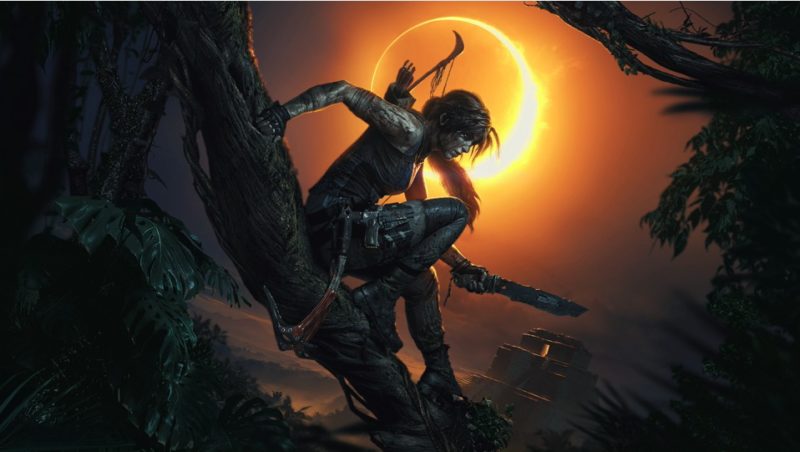
With the release of Eidos Montreal’s Shadow of the Tomb Raider, Lara Croft’s origin trilogy that began with Crystal Dynamics’ 2013 Tomb Raider comes to an end. Lara’s adventures are likely to continue in the coming years, but with the foundation of this second franchise reboot firmly settled and interest in new narrative–and perhaps gameplay–directions expressed by its developers, a review of Shadow of the Tomb Raider doubles as a reflection on some of its trilogy’s strengths and weaknesses as well.
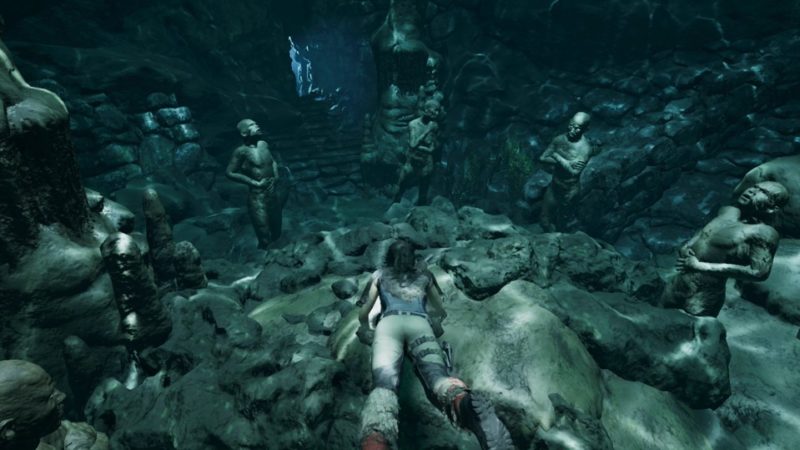
Shadow of the Tomb Raider completes the “Survivor Timeline” that details Lara’s transformation from traumatized survivor to steeled adventurer, archaeology student to tomb raider. Her conflict with the quasi-religious order turned paramilitary force, Trinity, comes to its peak as both parties battle over the future of the world in the jungles of Peru. True to the series affection for myth and history turned supernatural, Shadow of the Tomb Raider revolves around a Mayan apocalypse event set into motion by the actions of Lara and Trinity. The story continues to weave between the wild action sequences and quieter, emotional scenes this new trilogy characterizes itself by. The value this time around is that Lara isn’t merely a survivor reacting to crises but an adventurer taking ownership of her actions, motivations, and their consequences for the people around her, including her stalwart friend Jonah who finds himself in yet another perilous situation alongside her.
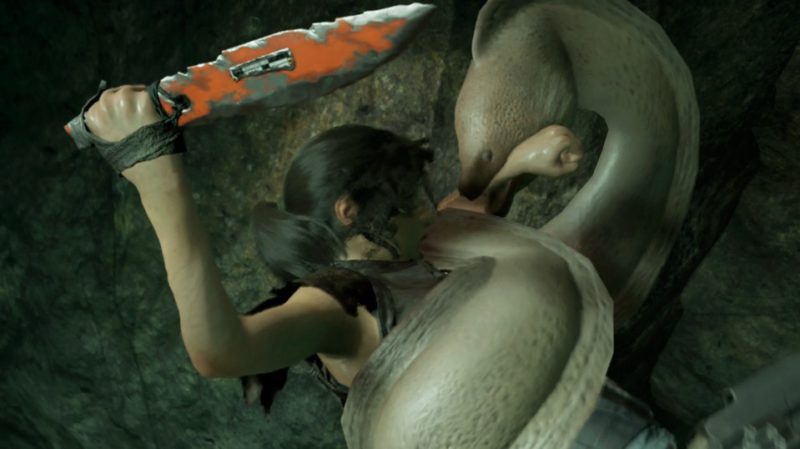
Eidos Montreal revisited the gameplay balance of the trilogy with a host of new design considerations in Shadow of the Tomb Raider, some small, some larger. There’s a return to form for the the series as the concept of difficulty customization is reintroduced after a hiatus since Tomb Raider Underworld in 2008. The player is allowed to adjust the challenge of combat, exploration, and puzzles separately from each other, making for a much more personalized gameplay experience. This idea isn’t unique to Tomb Raider as a series, but the cleverness of this system is worthy of being a more widely adopted trend in action-adventure games as a whole. You can make combat easier or harder, change whether saving your game is simple and straightforward or requires searching around more and spending a special resource, and alter the difficulty of puzzles. Would you like more hints or less hints? Would you like interactable objects to glow a bit for ease of detection or not at all? For those of us who don’t need to get deeper into these settings, there are also the typical preset difficulties that swap all aspects of the game between Easy, Normal, Hard, and Very Hard uniformly.
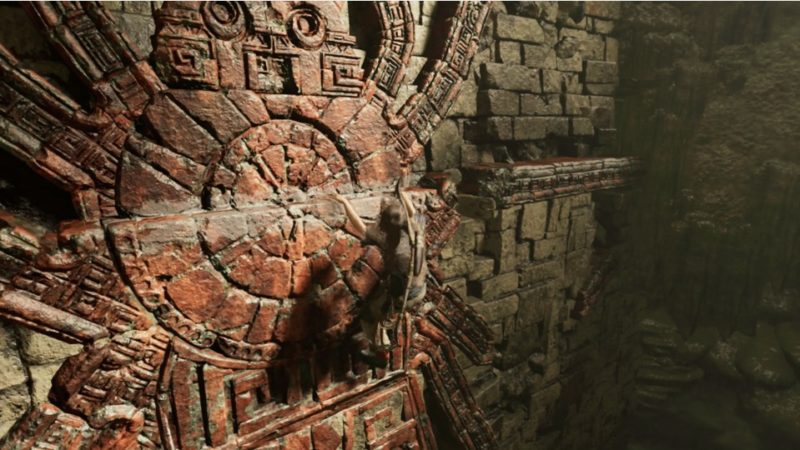
The choice to separate combat, exploration, and puzzles into their own difficulty settings is particularly smart when it comes to the exploration option, which allows for turning off smears of paint and other environmental clues that ensure the player stays on the right track. It’s the closest that Shadow of the Tomb Raider comes to the earliest Tomb Raider games in terms of traversing levels by your wits and powers of observation. Normal difficulty isn’t terribly hand-holdy with its subtle paint smears to indicate climbable walls and trees, but it gradually spoils the player with less need to think and patiently consider how to proceed. The Survivor Timeline trilogy will never entirely be what the old games were, but Shadow of the Tomb Raider takes stronger leaps towards carving out a worthy place for itself somewhere between the quiet and methodical aspects of the original series and the bombastic Hollywood summer blockbuster Uncharted series to which this new trilogy owes a great deal.
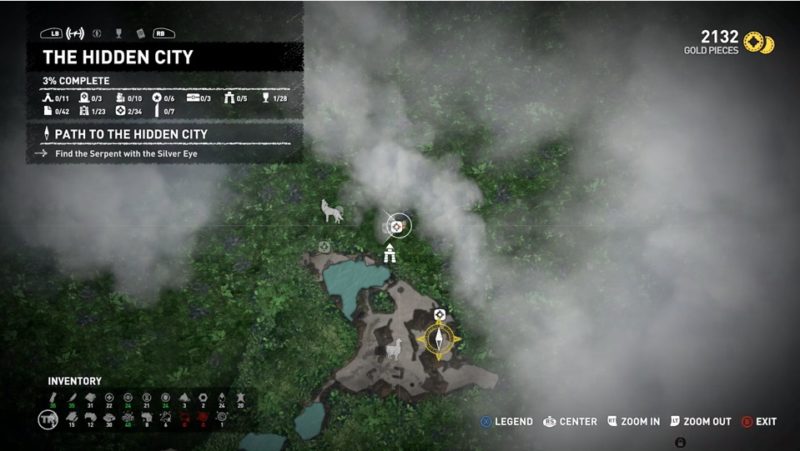
Although there’s a fair amount of combat in Shadow of the Tomb Raider, it isn’t really the bulk of gameplay time. Usually, Lara is left to explore some sort of large level or hub area from which she can search for treasures and resources, entrances to crypts and tombs, and occasionally talk to NPCs. The exploration in these hub areas isn’t as free-form as the sprawling levels of the original Tomb Raider games, but the design philosophy here makes up for this with some good puzzles and smaller ruins to adventure through across the world. Most of these crypts and “challenge tombs” can be skipped over in favor of the main storyline, but this would be a mistake as the game shines brightest when the player enters one of these places and is left to search for treasures and solve puzzles without lots of cutscenes, dramatic exposition, and combat encounters around each corner.
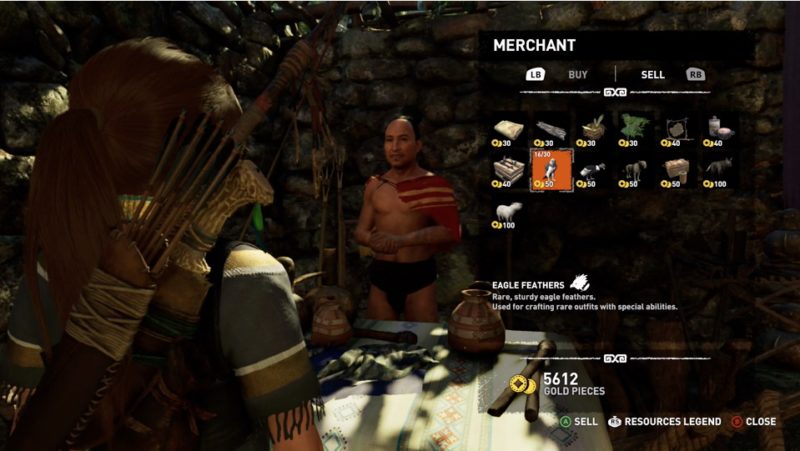
That’s not to say the main storyline missions and tombs aren’t fun in their own right, but fans of the classic Tomb Raider games will appreciate the quieter moments Shadow of the Tomb Raider offers when off the beaten path (even more so with the exploration and puzzle difficulties turned up to remove the game’s helper systems and Lara’s tendency to narrate her current goals on Normal and Easy). For everybody else, the story moments deliver a solid, if somewhat conventional, narrative that has its best moments in the conversations between Lara, Jonah, and a particularly important character she meets deeper into her journey who will not be spoiled here. Resident bad guys, Trinity, serve their role as mostly faceless goons to be shot with arrows and yanked into the bushes for a quiet demise without player remorse. Both Uncharted and this new Tomb Raider trilogy derive a great deal of inspiration from Indiana Jones and its ever-scheming Nazis in this regard.Trinity does gain an additional dimension in this particular storyline, though, thanks to the history and motivations of its leader, Dr. Dominguez, who makes his debut here. His variety of antagonism to Lara carries more intrigue and visionary purpose than the common soldiers Lara continues to dispose of.
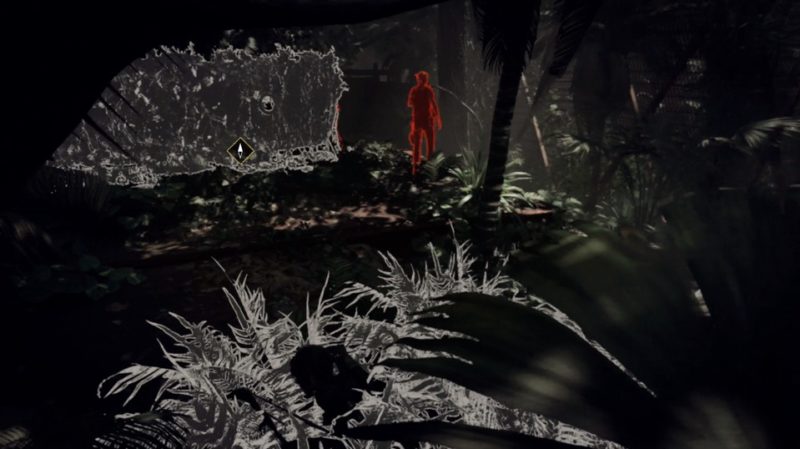
Stealth takes an increasingly important role in Shadow of the Tomb Raider. Even on the Normal difficulty setting Lara is incredibly fragile against gunfire, as an unarmored human should be. This both heightens the value of stealth, which often works very well, and prevents the combat from being trivial enough that the player can send Lara into firefights like a commando. The dynamic cover system is dodgy at times with deciding whether Lara is really taking cover or just walking next to a nice defensive wall, but Lara is often better off moving quickly from spot to spot, firing back at Trinity soldiers as she goes. Human enemies tend to send one or two of their number to rush and flank Lara’s position, which makes holding your ground inadvisable without a good chokepoint. Other times, though, the AI shows remarkable foolishness: they know that there shouldn’t be a small pile of dead comrades laying here but will continue to stand beside them until getting dropped by Lara also.
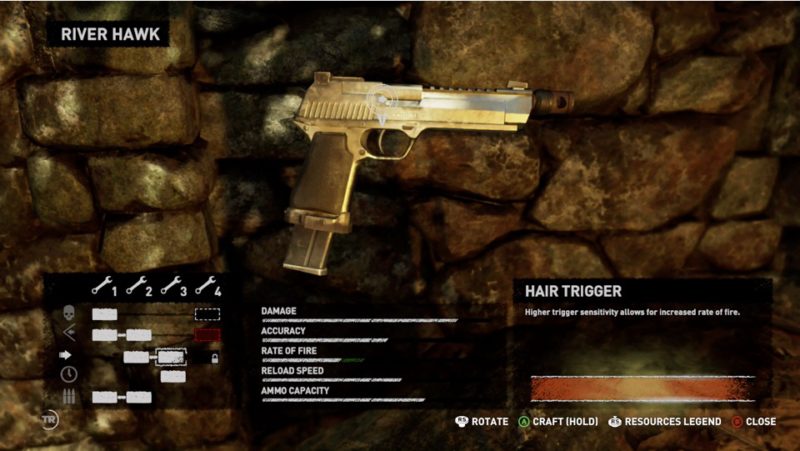
There’s some fun to be had in rolling between groups of thick foliage and picking off enemies one by one, but some of the surrounding mechanics feel contrived at times. Lara can learn the ability to craft luring traps on her own, but there’s a degree of anxiety on the developer’s part that never quite wants to let the player go without twice or thrice the reassurances that they’ll have some ready method of making the current challenge easier. There are almost always helpful empty beer bottles planted before these stealth sections for Lara to throw and distract soldiers with, and the stealth bushes somehow never show up in areas where they aren’t needed. Sometimes it feels like the AI doesn’t really respect the stealth system once Lara breaks cover one time. Stealth works better as the precursor or alternative to combat, as sometimes even after running away and breaking line of sight around a couple corners, an enemy will still magically know where Lara is–even as she crouches unmoving in some sneaking bushes–and rush directly to her while firing his gun. Other times this isn’t an issue at all, like when diving into water. The AI remains on alert but naturally can’t determine Lara’s position anymore so stealth “reactivates” for her like it should.
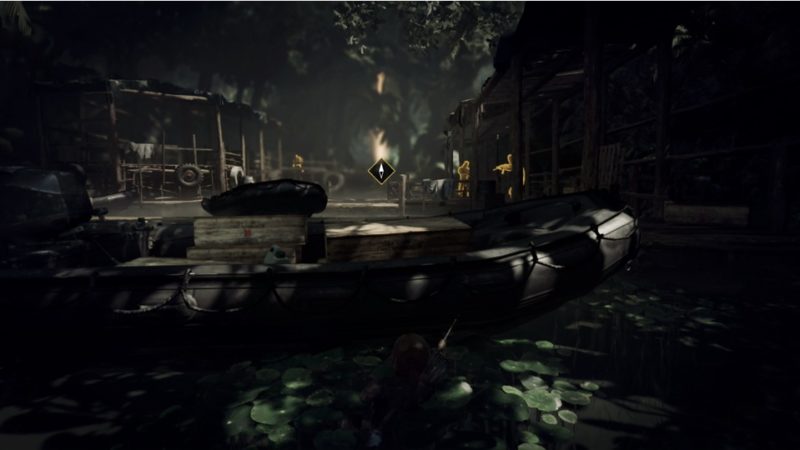
There’s a similar design tension, not entirely unique to Shadow of the Tomb Raider, between the cinematic gameplay sequences and the traditional gameplay. When Lara goes in for a stealth kill, or even a regular finishing blow, she gets a lengthy animation where she stabs the enemy brutally and throws their body aside. It looks cool, but the game is still active in the meanwhile and should another enemy wander into the vicinity while this plays out, he’ll start shooting Lara and dealing damage. Somewhat similarly, in the game’s many climbing sequences, Lara tends to be vacuumed into the ledges she needs to grab onto even when the arc of her jump suggests this won’t work. It’s an anti-frustration mechanic that becomes almost humorous during wild cinematic action set pieces. On the flip side, sometimes determining where exactly Lara can and cannot grab her next bit of leverage isn’t intuitive. The paint smears that protect the player from ignorance on lower difficulties are usually a mild assistance tool, but sometimes it appears the developers relied too heavily on their presence and forgot to design certain climbable surfaces with a visual logic. This issue crops up more with man-made structures that appear to have many viable ways of climbing up them but in reality only have one specific way. Any wrong choice leads to Lara plummeting to her doom, and its exacerbated during the cinematic set pieces that often require rushing along to avoid gunfire, explosions, etc.
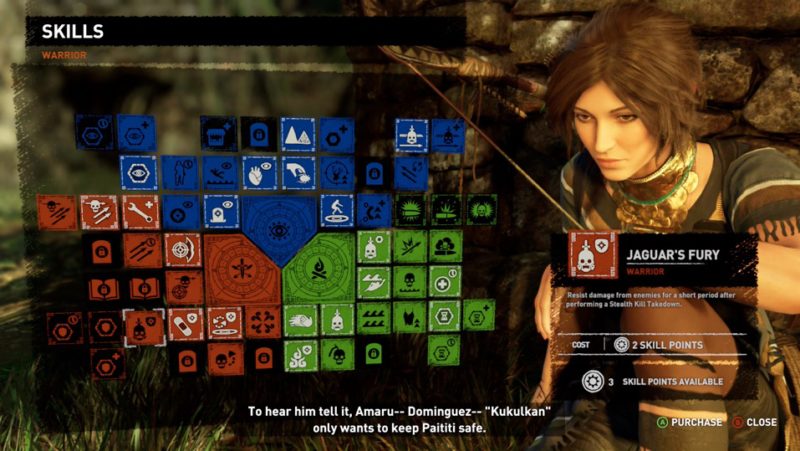
The entire Survivor Timeline trilogy utilizes a skill progression system that hasn’t changed much in Shadow of the Tomb Raider. While there’s an argument for the value of including pseudo-RPG mechanics that give players constant little rewards (experience points here) and new powers to work towards unlocking, there’s an argument against this system offered by Tomb Raider’s own history. The classic games designed their sprawling temples and ruins around Lara’s core abilities. Old Lara was a crazy talented acrobat, but since she didn’t have to unlock any abilities this meant players had maximum freedom to explore her capabilities while adventuring, like carrying around a toolkit for any situation they might encounter. The newer Lara of Shadow of the Tomb Raider and its two predecessors is a bit constrained in her abilities and so players don’t get to have fun with the full extent of her skills until later on. One wonders what kinds of levels and puzzles Eidos Montreal might have been able to design if they had been allowed to cut loose and take all of Lara’s abilities into consideration at all times. Instead, many challenges involve just her bow and climbing gear because that’s almost all the developers can count on the player having access to at any given time. That this squeeze on creativity doesn’t prevent the game from being enjoyable and still offer some solid exploration and puzzle-solving is impressive, even as this player wonders what might have been had the skill system been reimagined or dropped entirely.
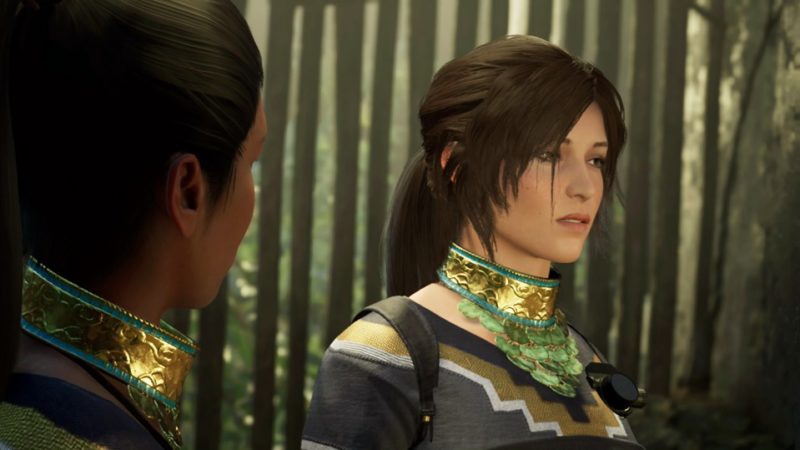
Ultimately, Shadow of the Tomb Raider is a strong conclusion to the Survivor Timeline trilogy. It introduces a thoughtful shift in gameplay tailoring with its customizable difficulty system and increased emphasis on allowing players to escape a bit of the on-rails design with the freedom to explore more hidden tombs and crypts off of the beaten path. It still carries some of its trilogy’s uncertainty about where the balance between cinematic narrative, developer guidance, and player autonomy should be precisely, but this newer Tomb Raider is stepping further from the shadow of Uncharted and the looming giant of its own family history and into an identity of its own. Not too much unlike Lara herself, really.
8.7/10
Here is the Shadow of the Tomb Raider Launch Trailer:
Created by a team of veteran TOMB RAIDER developers at Eidos-Montréal, in collaboration with Crystal Dynamics and Nixxes, the Shadow of the Tomb Raider will be available on September 14, 2018 for the Xbox One family of devices including Xbox One X, PlayStation 4 computer entertainment system, and Windows PC/Steam.
Xbox One Review
-
Overall Score - 8.7/108.7/10

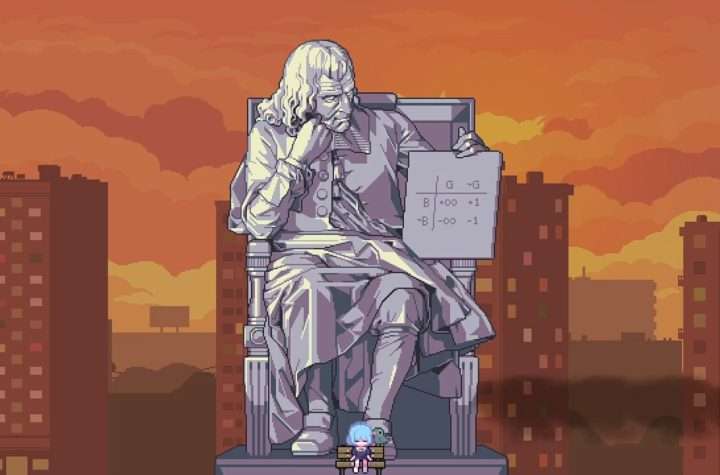



More Stories
With My Past Review for Steam
My Little Pony: A Zephyr Heights Mystery Releases for PC and Consoles
Arena Breakout: Infinite Closed Beta Impressions